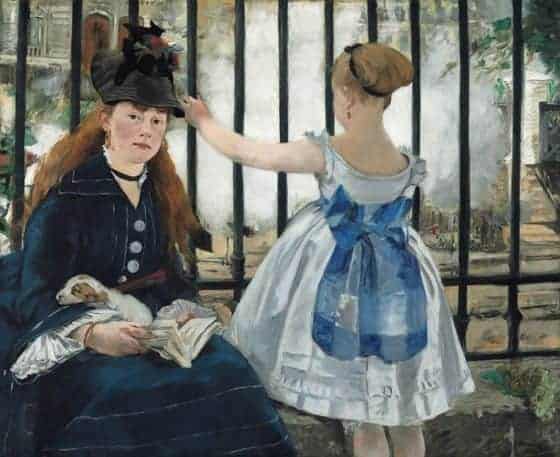Why Great Art Bores You: The New Collector Profile

The young woman in Manet’s 1873 painting The Railway sits leaning against the iron fence outside Paris Saint-Lazare, shoulders slumped, ignoring the half-open book resting on her lap next to a slumbering puppy. Her gaze meets the viewer’s, but she seems bored even by this encounter. Next to her, a little, white-frocked girl doesn’t bother to look behind her back at all, preferring to stare instead at the white smoke left by a departing train. Woman, dog, girl, they all seem detached, uninterested. And maybe, you too, find yourself bored by “traditional art”. This paper looks into the origins of the new art collector’s profile and what this change of taste might bring for the art market.
By “traditional art” and for purposes of this article, we mean the creation of figurative compositions in three dimensions under harmonious color theory and accepted aesthetic values; the use of long-established mediums like oil, watercolor and acrylic; and the use of quasi-academic skills such as drawing and modeling. But even while based on the principles of harmony, balance and perspective, artistic movements and periods like impressionism, baroque, romanticism, neoclassicism, and Renaissance -just to name a few- now appear, to some at least, to have been eclipsed by the soar of current conceptual art. Why?

